#mamluk
Text

Napoleon at the Battle of Mount Tabor, 16 April 1799 (detail)
by Louis-François Lejeune
#napoléon#napoleon#bonaparte#battle of mount tabor#art#louis françois lejeune#napoleon bonaparte#napoléon bonaparte#history#france#french#ottoman empire#ottoman#mamluks#mamluk#french revolutionary wars#middle east#landscape#napoleonic#campaign#syria#egypt#palestine#israel#horse#marengo#asia#europe#european
85 notes
·
View notes
Photo

Palmyra Castle, Syria,
Also known as Fakhr-al-Din al-Ma'ani Castle or Tadmur Castle,
Built in the 13th century by Mamluks.
#art#design#architecture#castle#fortress#palmyra castle#syria#tadmur castle#mamluk#13th century#style#history#desert#fakhr-al-din
1K notes
·
View notes
Photo
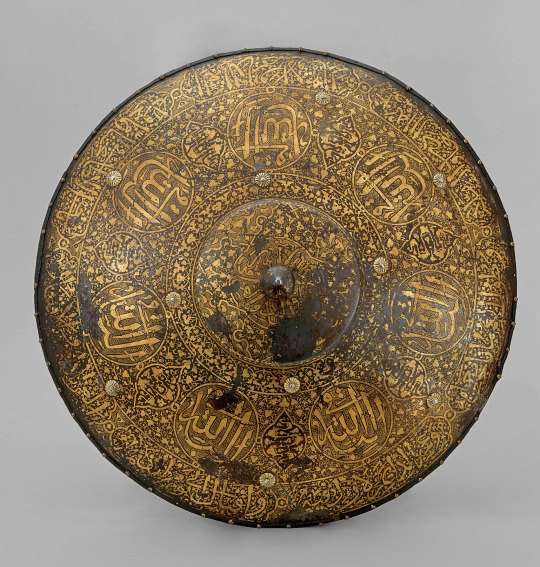
A phenomenally blued and gilt steel shield, Mamluk Empire, ca. 1500, housed at the Kunsthistorisches Museum, Vienna.
438 notes
·
View notes
Text
youtube
Just a good snapshot on what Turkic people are, and why I keep saying Turkic does not equal Turkish.
Also, if you want to get into the whole "Mamluk Kipchaks who ended up ruling over countries where they were sold as slaves", just Google "Sultan Beibarys".
Spoiler: a Kipchak boy sold as a slave in Egypt, ends up ruling it.
Cheers.
#turkic#turkic languages#pan turkism#kazakh#kipchak#oghuz#oghur#siberia#karluk#golden horde#turkic khaganate#qazaq#sultan Beibarys#mamluk#sultan baybars#Youtube#that sounds like a flashy news tag
29 notes
·
View notes
Photo

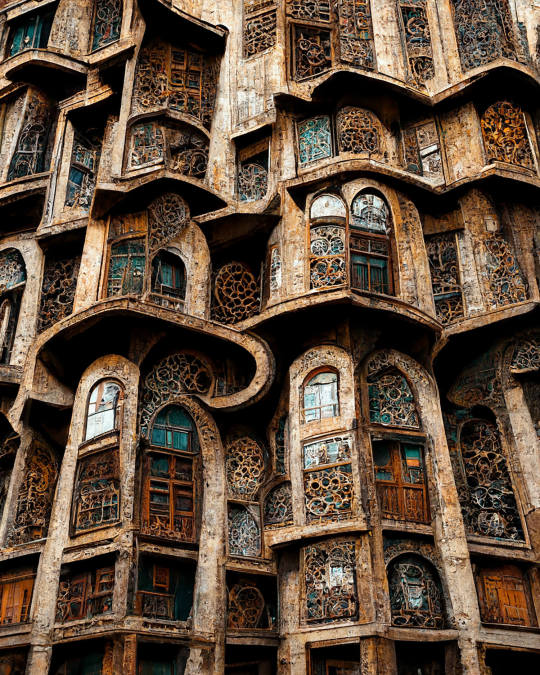

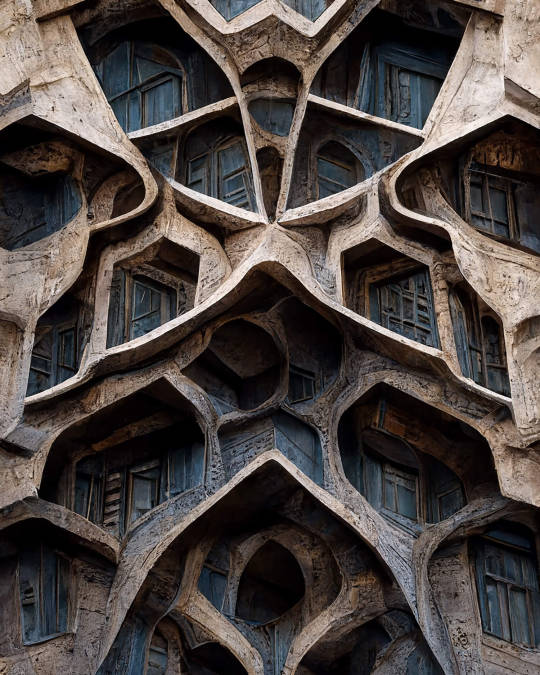

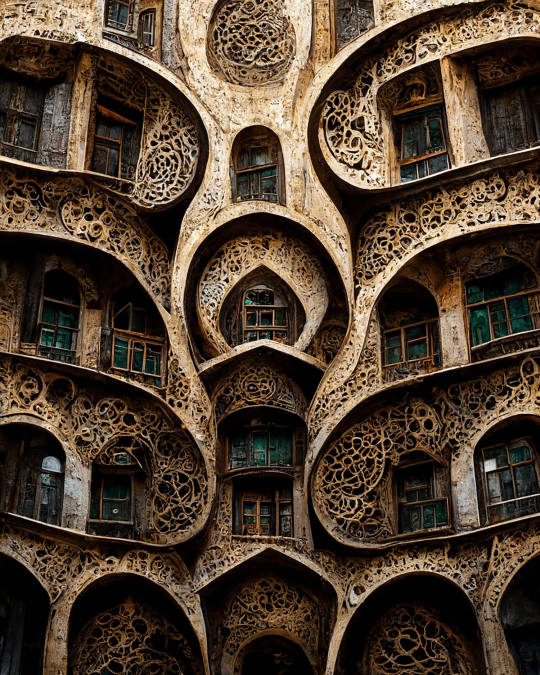
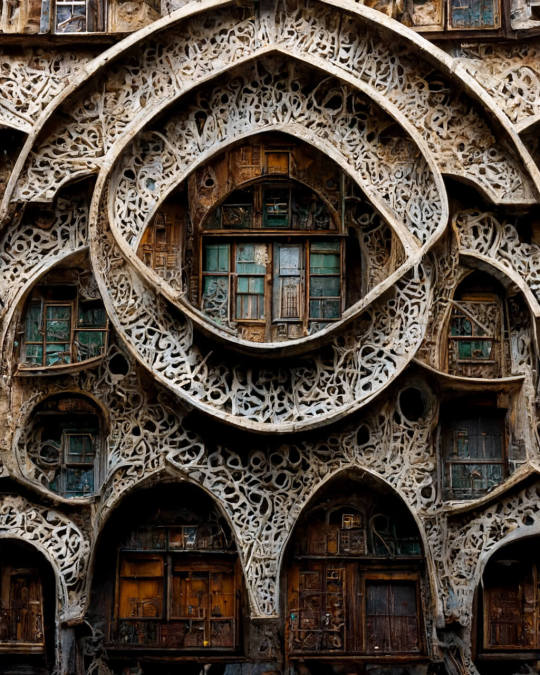
“The Cairo Sketches” by Hassan Ragab
#art#design#architecture#surreal#cairo#hassan ragab#mamluk#midjourney#stairwell#stairway#spiral staircase#stairsdesign#islamic
140 notes
·
View notes
Text
Coin of the Day #12 (5/16/2024)
Saw a Mamluk posted a few days ago and figured I’d join in!

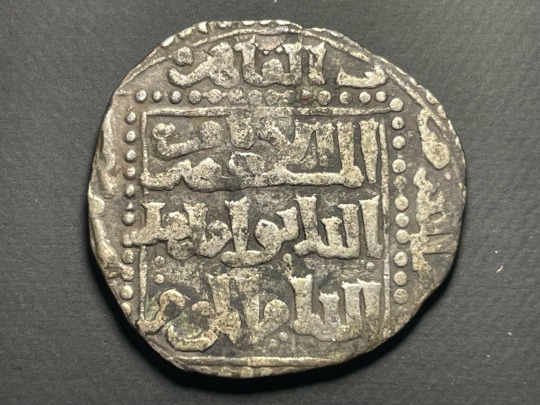
Mamluk Sultanate
AR Dirham - 20mm 2.83g
Al-Mansur Ali 1257 AD
Cairo Mint
Obverse al-malik al-mansur nur ad-din ali ibn aybak in dotted square, legend around square in dotted circle
Reverse As obverse, different legends
Balog 19a
#Coin of the Day#Mamluk Sultanate#Mamluk#Al-Mansur Ali#Mamluk coins#Islamic coins#coin#coins#numismatics
5 notes
·
View notes
Text
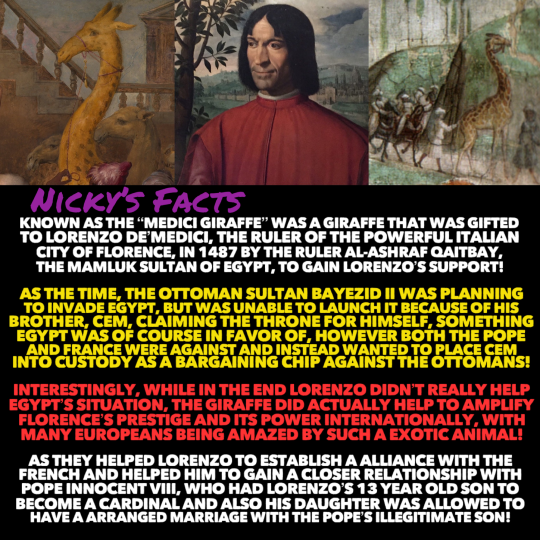
Florence is another happy costumer of giraffe diplomacy!
🦒🕊️
#history#medici giraffe#florence#animals#lorenzo de medici#italian history#1400s#pope innocent viii#sultan of egypt#ottoman empire#animal history#france#giraffe#firenze#italian renaissance#funny history#historical figures#pope#renaissance history#diplomacy#mamluk#egypt#medici#european history#exotic animals#nickys facts
4 notes
·
View notes
Text

After successfully fulfilling his diplomatic mission to the Mamluk Sultanate, Mahmud took the time to go to Jerusalem on his way home for pilgrimage and worship. In the Stratocracy era, he was the only Pasha who visited this holy land. Mahmud wrote a description of this city (during the Mamluk government at that time) in his diary: "This city is always filled with pilgrims and travellers from various countries and various religions. There is the Masjidil Aqsha, which used to be the first Qibla for the Muslims before it was moved to Mecca. "The Al Aqsa Mosque consists of two mosques: the first is the blackish Ash Shakra dome mosque, and the second is the gold dome. The gold color of this second mosque is said to have been built during the Ummayah era. But I don't know anything about the first mosque."
"This city is relatively peaceful and prosperous. Thanks to the Cairo government, which manages it well. And high religious tolerance among its people and immigrants. The population of this city consists of various Muslim, Christian, and Jewish communities. However from what I saw, the largest community was many after Muslims, perhaps Jews. Most of them work as traders and skilled craftsmen. It is said that based on the stories of many people here, their community is getting bigger because most of them are refugees from Europe. They fled because of the persecution policies of the tyrannical European kings against them."
"Based on the Sultan's story, this city experienced a terrible fate under the feet of the infidels (crusaders). Then came Saladin from the Kurds, who liberated this city with Allah's permission. But after that, there came an attack by a tribe of horsemen from the Tartars who occupied countries in the Levant and almost took this city, but the Mamluk troops managed to defeat them at Ain Jalut, which became a star of glory for their kingdom, replacing the kingdom of their masters (the Ayyubids). What is clear is that the security and prosperity that I feel in this city will never be achieved except by great sacrifice, and the Mamluks have proven their resilience over it all."
Mahmud Pashas diary (Dr. Ekrem Imamoglu), P.76
Note: Dr Ekrem Imamoglu explains; It seems that Mahmud had difficulty distinguishing or did not know about these two mosques. The truth is, the mosque he is referring to is the Al Qibli Mosque which is black in color. while the new Dome of As Shakrah or Dome of the Rock is golden. But it seems Mahmud probably doesn't know the name of this golden dome mosque at all. so he mistook Al Qibli for the Shakra Dome. vice versa.

left; Al Qibli Mosque. Right: Dome of the Rock. both are part of the Al Aqsa Mosque Complex. not one of them. (Because there has been a misunderstanding circulating, that the Al Qibli Mosque is the real Aqsa Mosque. Even though it is actually not like that).
#shoukoku no altair#altair a record of battles#kotono kato#mamluk#tughril mahmut#jerusalem#palestine#free palestine#trivia#travel#fanfiction#fanfic#kato katono
3 notes
·
View notes
Text
𝗗𝘆𝗻𝗮𝘀𝘁𝗶𝗲𝘀 𝘄𝗶𝘁𝗵 𝗺𝗮𝗺𝗹𝘂𝗸 𝗼𝗿𝗶𝗴𝗶𝗻𝘀:
- 𝗧𝘂𝗹𝘂𝗻𝗶𝗱𝘀 (𝟴𝟲𝟴–𝟵𝟬𝟱 𝗖𝗘):
The Tulunid dynasty (al-ṭūlūnīūn) was founded and named after the Abbasid Turkic general and governor of Egypt - Ahmad ibn Tulun - in the year 868 CE, who formed the first ever independent state in Egypt (as well as parts of Syria) since the Ptolemaic dynasty (around 898 years prior).
Ahmad’s father Tulun was said to be a Turk from the region known to the Arabs as Tagharghar or in Turkic, Toghuz-oghuz or Toghuzghuz; this region by medieval Arab historians is attributed to the 𝐔𝐢𝐠𝐡𝐮𝐫 𝐅𝐞𝐝𝐞𝐫𝐚𝐭𝐢𝐨𝐧 𝐨𝐫 𝐔𝐲𝐠𝐡𝐮𝐫 𝐊𝐡𝐚𝐧𝐚𝐭𝐞/𝐔𝐢𝐠𝐡𝐮𝐫 𝐊𝐡𝐚𝐧𝐚𝐭𝐞.
The Tulunids were the first state/dynasty of Turkic mamluk origins and reigned from 868 to 905 CE with nominal autonomy, until the Abbasid Caliphate brought their domains back into Abbasid control.
Pictured below is the Ahmad ibn Tulun Mosque constructed between the years 876-879 CE. The mosque was meant to serve as the main congregational mosque in the new Tulunid capital of Al Qata’i, and is the oldest mosque/masjid in Egypt and one of the oldest in all of Africa.
Its architectural style is that of Samarra (Iraq/Mesopotamia) and very closely resembles the Great Mosque of Samarra constructed by the Abbasids between the years 847-861 CE.
(Share!)
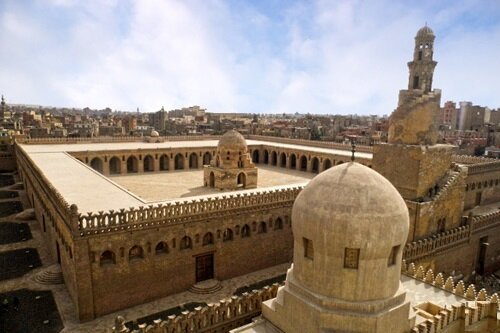
#islam#muslim#history#islamic history#history blog#mamluk#mamluks#abbasids#abbasid caliphate#ahmad ibn tulun#ahmad ibn tulun mosque#mosque#masjid
3 notes
·
View notes
Text
Holy shit this is really cool
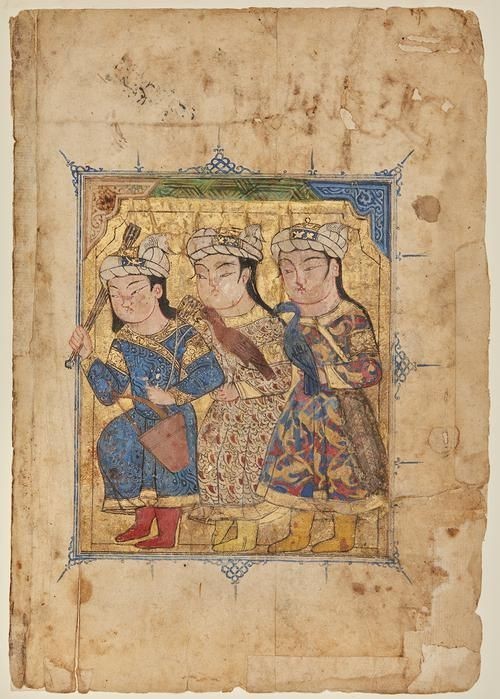
So this is a folio page from a manuscript of Sulwan Al-Muta'fi 'Udwan al-Atba (originally written by Ibn Zafar al-Siqili, and I'm really happy because 1; I'm finding the style of round collar cross front garment I see in Mamluk art interesting and 2; I know the pattern in the middle
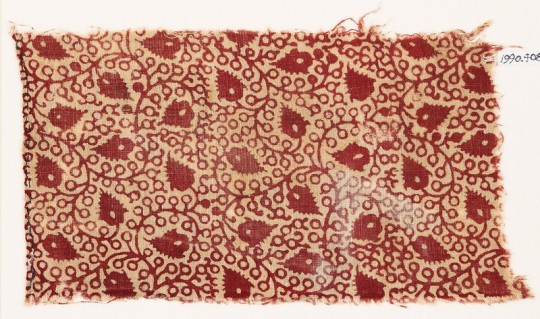
This is an extant fabric scrap from Egypt that was traded from India close to the time period this folio might have been created! The provenance of the art might be from either Egypt or Syria, and I don't know if Syria was also trading with India at that time, but it's really cool! Obviously they aren't exact matches, but the similarity is delightfully uncanny.
29 notes
·
View notes
Text


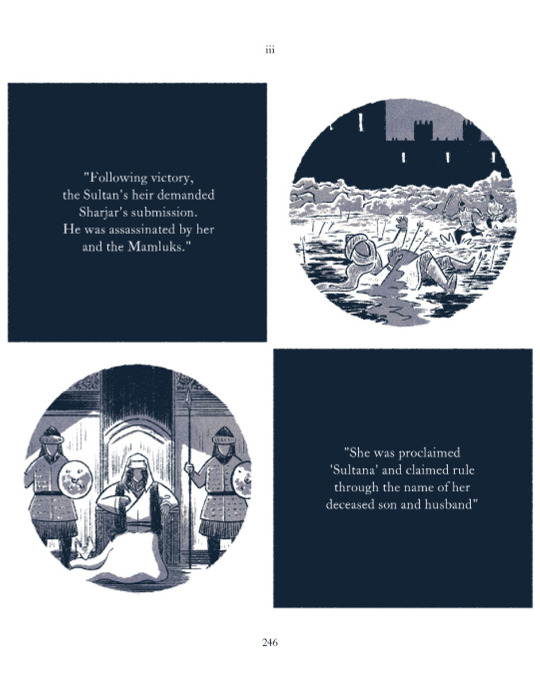

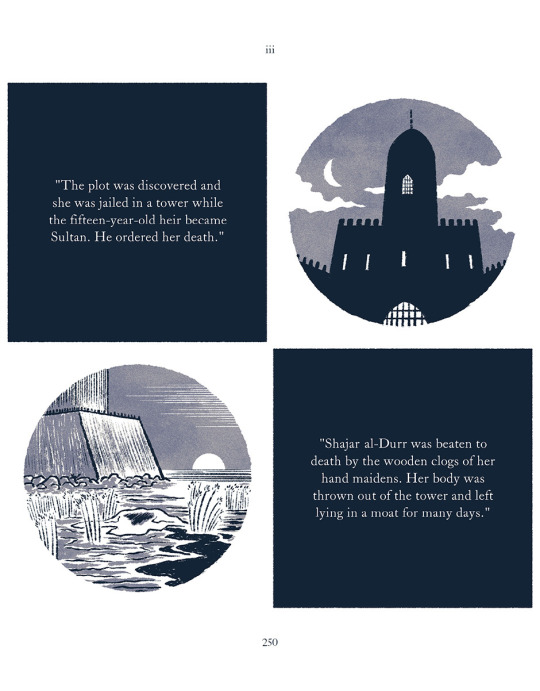
The Odyssey of Benedict Arnold - Shajar al-Durr
One of those rabbit holes I went down after reading a short paragraph by Will Durant that summed up a person's life, in this case it concerned the manner of their death. Wanted to work this into the story for a long time now.
Found out a lot about Shajar al-Durr and the time period that had criss-crossed other points I've read about, but never dove in before! More to be read in the future but for now, Chapter VII has Arnold running around a museum and gallery, heavily inspired by the local Royal Ontario Museum.
Included here is a brief outline of her tale that I hope will encourage anyone to read more about the Sultana!
https://ko-fi.com/mongooseandson (For Reading Ahead + Support!)
https://www.webtoons.com/en/challenge/the-odyssey-of-benedict-arnold/list?title_no=594697(For General Comic Viewing + Subscribes!)
https://namicomi.com/en/title/re3w59Kj/the-odyssey-of-benedict-arnold/chapters?lang=en (New comic site for viewing!)
Notes:
Durant, Will. The Age of Faith. Simon & Schuster: New York, 1950.
Levanoni, Amalia. Shajar al-Durr: A Case of Female Sultanate in Medieval Islam. World History Connected, 2010.
#history#illustration#the odyssey of benedict arnold#webcomics#comics#biography#shajar al-durr#benedict arnold#traitors#mamluk#treason#graphic novel#ian herring#sultana
3 notes
·
View notes
Text

Bonaparte haranguing his troops during the Battle of the Pyramids
by Hippolyte Bellangé
#napoléon#napoleon#bonaparte#battle of the pyramids#art#hippolyte bellangé#egypt#napoleon bonaparte#history#napoléon bonaparte#napoleonic#egyptian campaign#pyramids#desert#landscape#french republic#mamluks#mamluk#ottoman#french#ottoman empire#france#european#battle#egyptian
42 notes
·
View notes
Photo

Mamluk Sultanate of Egypt c. 1330
A map illustrating the rise and evolution of the Mamluk Sultanate of Egypt from its beginning as an act of rebellion of a slave army against its masters from the Ayyubid dynasty, through its fair share of internal turbulence and strife, into one of the most powerful and wealthiest states of the late medieval world that ruled Egypt, the Levant, Syria and the Hijaz and endured for more than two centuries (from 1250 to 1517) when it was conquered by the Ottoman Empire.
40 notes
·
View notes
Photo

(via Schädel mit Jasmin Loose Fit T-Shirt von Jhara-Ivez)
I have a redbubble shop now. There’s not much there yet (literally just this one design), but I will try to make the best out of it in time. And maybe it can finance a little bit of my last semester at school.
6 notes
·
View notes
Text
1260 - The Mongol expansion had reached the Middle East, and their power enabled them to crush the established states up to the Holy Land. The Holy Land was being claimed by an Egyptian Dynasty with Turkic origins, and as such, would also have mastery of horsemanship and archery. Would the Mongols meet their match?
ainjalut #galilee #jezreelvalley #mongol #mamluk #mongolempire #qutuz #kitbuqa
0 notes
Photo
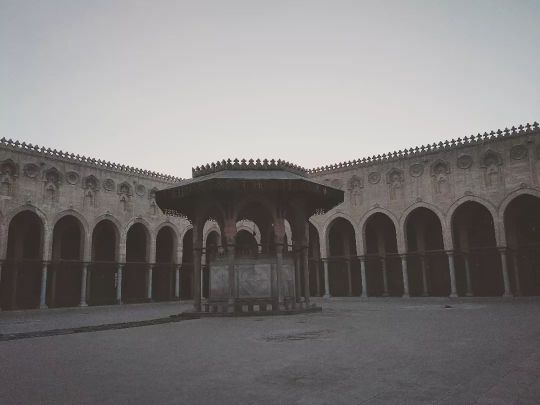
#mobilephotography #streetphotography #everydaycairo #thisisegypt #this_is_egypt #cairostreets #oldcairo #travel #visitegypt #architecturephotography #architecture #cityscape #citylandscape #interior #mosque #mamluk #mamlukarchitecture #islamiccairo #islamicart #islamicarchitecture #vintage #historicarchitecture #historicalplace #cairobuildings #details #cairophotography #cairobiography #cairostreetstyle (at Mosque of Sultan al-Muayyad) https://www.instagram.com/p/CqDjHjsNCWl/?igshid=NGJjMDIxMWI=
#mobilephotography#streetphotography#everydaycairo#thisisegypt#this_is_egypt#cairostreets#oldcairo#travel#visitegypt#architecturephotography#architecture#cityscape#citylandscape#interior#mosque#mamluk#mamlukarchitecture#islamiccairo#islamicart#islamicarchitecture#vintage#historicarchitecture#historicalplace#cairobuildings#details#cairophotography#cairobiography#cairostreetstyle
1 note
·
View note